We’re spoilt for choice of beautiful places to visit in England. From a wealth of historical buildings, natural beauty and incredible attractions it’s hard to be bored. But if you’re feeling a bit like you’ve been there, done that with your usual spots to visit in England then you’re in luck. At Days Out there’s nothing we love more than a hidden gem which is why we’ve compiled a list of the 20 best secret beautiful places in England.

While this ancient village is managed by English Heritage you’ll still get a real feel of stumbling upon your very own discovery visiting this spot. It’s an easy walk from Chapel Carn Brea car park where you walk past the natural holy well that marks the site of St Euny’s Chapel.
Low stone walks of the roundhouses are visible beneath turf and wild flowers. You’re also able to explore the nearby Halliggye Fogou (Fogou is the Cornish word for cave) which is a complex set of passages thought to date back to the 4th or 5th century BC.
This remote spot lies on a south facing slope and is the perfect spot to soak in the history, natural beauty and serenity.

A potentially subjective one on the definition of ‘beautiful’ but Dungeness is a truly spectacular place. A headland located on the coast of Kent, Dungeness is primarily made up of a shingle beach which is loomed over by the Nuclear Power Station. Okay, so it doesn’t sound too ‘beautiful’ just yet but trust us – Dungeness has the most otherworldly, breath-taking feel to it. The pebble beach is littered with abandoned shelters, boats, rusted bits of who-knows-what as well as old train tracks and train carriages which people now live in.
Featured on the cover of Pink Floyd’s 1981 album ‘A Collection of Great Dance Songs’. Dungeness has a strong artistic and musical history (Nicki Minaj’s single Freedom was filmed on the beach don’t ya know). Most notably it was home to the iconic artist Derek Jarman who moved into Prospect Cottage Dungeness after his diagnosis with HIV. Prospect Cottage on Dungeness beach is well worth the visit with one of the exterior walls being decorated in lines from the John Donne poem ‘The Sun Rising’ and the garden featuring a collection of sculptures created from driftwood and other flotsam from the beach.
If you’re also a miniature train lover, you’re in luck, Dungeness is home to the world’s smallest passenger railway. A miniature steam train that’s one-third full-size steam locomotive which travels the 13.5 mile stretch between Cinque Port in Hythe and Dungeness.
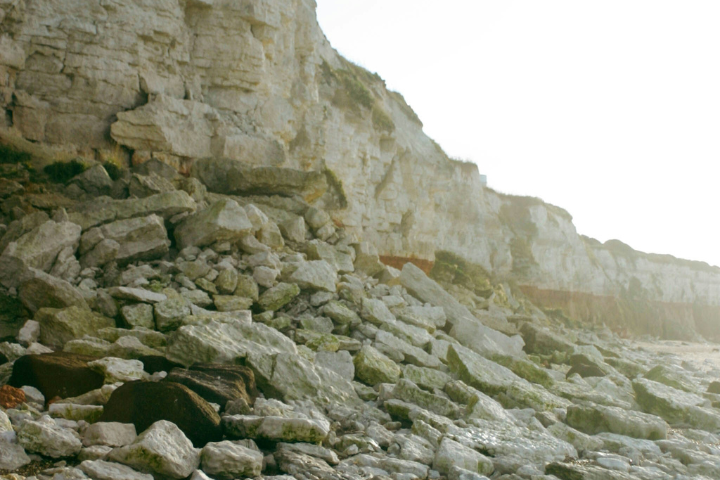
A short walk from the Victorian resort of Hunstanton, the banded cliffs of Old Hunstanton are a magnificent sight. Comprised of layers of rusty orange sandstone, red limestone and topped with chalk are framed by the sand and seaweed-covered rocks.
Uniquely for East Anglia these cliffs face west so it’s a stunning view at sunset.

A dramatic and isolated spot, this large lake is a rarity in this region making it popular with wildlife and visitors alike. Most famous for its starling murmurations being the country’s largest and most spectacular, involving tens of thousands of birds at dusk on most autumn and winter evenings.

Taking its name from the railway that, until 1963, transported produce grown on the slopes of the nearby Mendips. This scenic stretch of the Somerset countryside is ideal for walkers and cyclists.
Stretching 16km between Yatton and Cheddar and passing through rural villages, apple orchards, wooded valleys and wetlands.
Need a little coffee and cake break? Stop by Strawberry Line Café a not-for-profit which operates in the Victorian era waiting room at Yatton Station and offers bike hire.
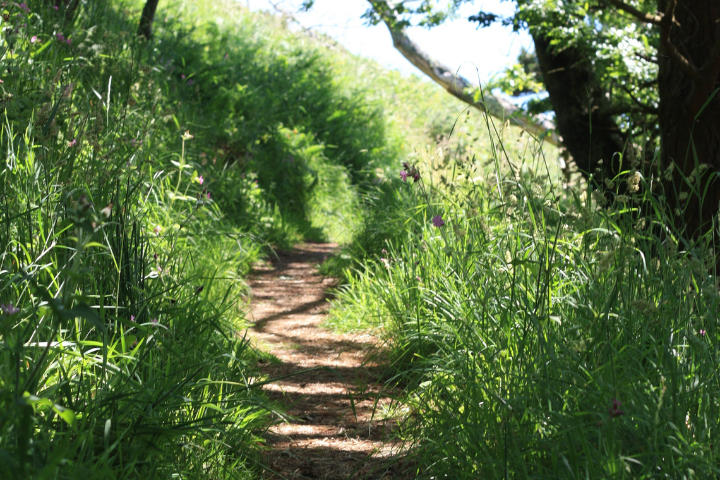
Just off the coast of North Devon where the Atlantic Ocean meets the Bristol Channel lies Lundy Island. This wild and beautiful island is almost treeless, with a tiny population, no cars and just a whole lot of sheep, cattle, ponies and kilometres of footpaths.
The charm of Lundy comes from its varied terrain. On the west side exposed to the Atlantic with high rugged cliffs. On the east sheltered from the wind the coastline is gentler with grassy slopes and wild flowers. At night appreciate the beauty of the starry sky without the interference of light pollution from street lights.
Try and get a sighting of the cliffside puffins between April and July. You can stay in one of 23 unique self-catered historic properties (including a castle and a lighthouse!) which are owned by the Landmark Trust.
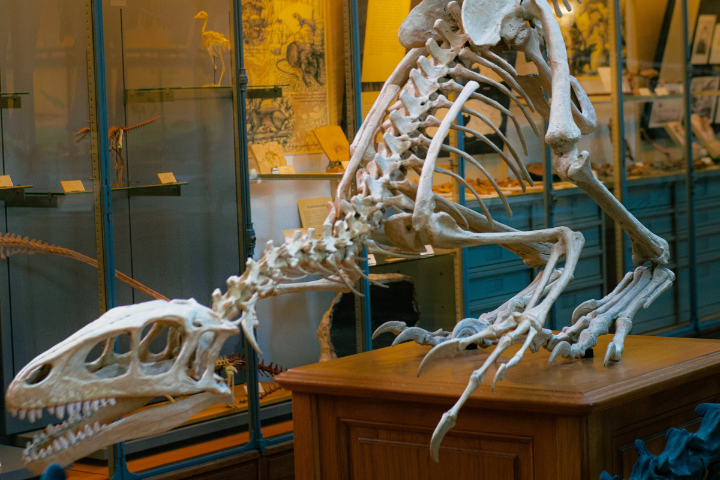
The private collection of Lionel Walter Rothschild, this free museum is home to one of the weirdest natural history museum around. Six floors showcase over 4,000 specimens located on the grounds of Lionel Walter Rothschild’s family home. From polar bears to lions to a giant ground sloth from the Pleistocene era. You’ll even find a set of fully dressed fleas from Mexico in 1905 (Obvs).

Agatha Christie fans this ones for you. Located in Dartmouth (just down the road from Agatha Christie’s hometown Torquay). These steam trains run along the coast of Torbay through the stunning Devon countryside. You’ll travel along the picturesque line along the English Riviera while feeling like part of a Poirot plot (though hopefully with a bit less murder and crime).
Combine with the ferry to get to Greenway Quay the National Trust former home of Agatha Christie.

This little-known vineyard was established in 1996 just off the coast of Cornwall on St Martin’s, Scilly. Located on south-facing slopes, close to the sea, this unique coastal vineyard and winery are working towards organic production of white, red and rose wines.
They are open throughout the season for self-guided tours and tastings. Sustainability is a priority at this vineyard with local wildlife finding haven here find rare arable flora, Scilly shrews, bats, butterflies and a thriving songbird population.
You can even stay over in self-catered shepherds huts located in a quiet corner of the vineyard.
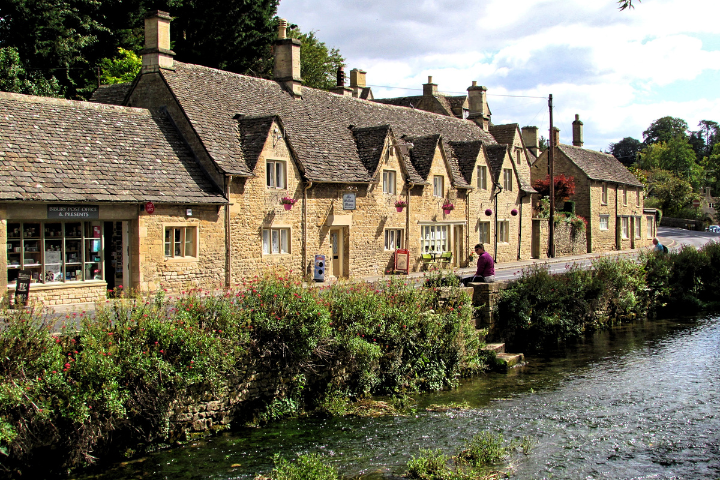
Canals probably aren’t the first thing you think of when you’re thinking about the Cotswolds. But the Thames and Severn Canal and the Stroudwater Navigation are well worth exploring. Built in the 18th century to help transport goods.
These formerly derelict canals were restored by The Cotswold Canals Trust with volunteers clearing towpaths, rebuilding walls and restoring locks. By taking one of the four boat trips along the canal, you can help support the restoration with all funds going towards this.
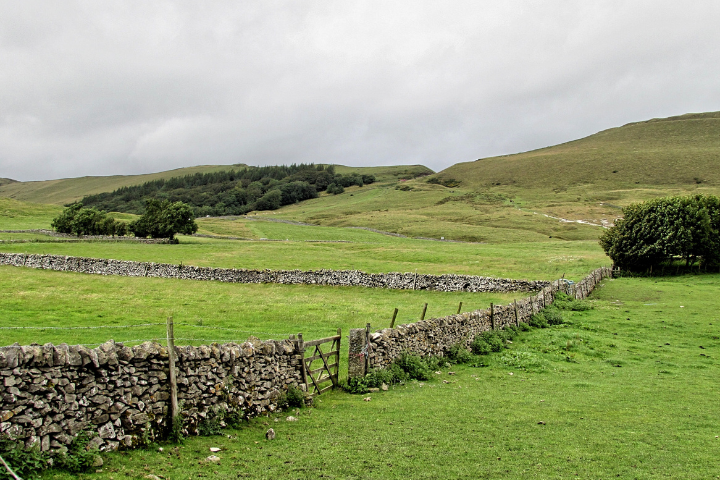
Known as Dorset’s lost village, Tyneham was inhabited from the Iron Ages until it was evacuated in December 1943 during WWII. The village was used as a firing range (and still is!) and residents were not allowed to return. With the village slowly crumbling into ruin there’s an eerie feel like all time stopped here back in 1943.
The village is open to visitors on weekends and public holidays when the military firing range isn’t in use. Its an ideal spot to explore the ruins of the former village on an idyllic section of the coastline.

This ornate subterranean shell grotto, almost all of the walls and roof are covered in a mosaic of seashells. Claimed to be discovered in 1835, it’s actual age and purpose remains unknown. Featuring detailed mosaics and a sky light this grotto is a magical place to visit.
Many theories have presented themselves about its true purpose from a prehistoric astronomical calendar to potentially occult dealings of the Knights Templar or Freemasons. Open to the public with timings depending on the season, with a museum, café and shop it’s a must visit.
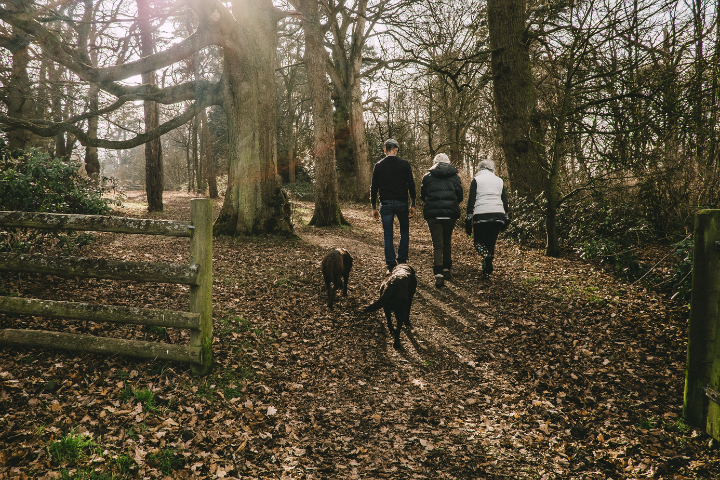
This short but scenic walk near Hathersage offers stunning views across the Peak District. Park at Surprise View car park and take the hike up to Owler Tor. If you can make the hike at a quiet time, it’s a truly magical experience.
Dog parent? The good news is that you can bring your furry friends along to keep you company - as long as they’re kept on a leash during the duration of your walk.

The vibrant town of New Mills boasts incredible natural beauty, and stands high above the natural rocky gorge, known by locals as The Torrs. Here you’ll find The River Sett, joining onto the River Goyt.
If you’re fancying a stroll around New Mills the Information Centre is the best starting point, from here you can wander down the path to the Torrs and walk across the 160-meter-long Millennium Walkway.
After your walk why not treat yourself to a browse around the towns mix of independent shops, grab yourself a slice of cake in one of the cafés, or treat yourself to a well-deserved in one of the local pubs.

Located at the heart of the West Coast of Norfolk, Norfolk Lavender is England's leading lavender farm, nestled within beautiful gardens, with both an animal farm and a farm shop.
Opened in 1932, the farm is home to over 100 acres of fragrant lavender fields which is harvested and transformed into essential oils, used to create various Norfolk Lavender products.
Don’t miss the opportunity to bring home a piece of the experience. Swing by the on-site shop and snag a keepsake from your visit, because honestly, what’s a day out without a browse round a gift shop?
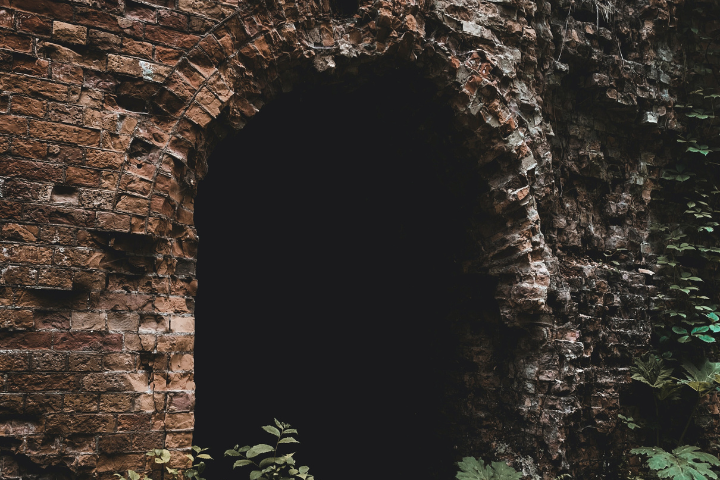
Less than an hour's drive from London, you’ll discover the Hellfire Caves. The caves, date back to the 17th century, and were once a hiding place for a secretive society of wealthy Pagans named The Hellfire Club.
The caves are a network of man-made chalk and flint caverns and are located 260 meters underground and are the works of Sir Francis Dashwood, who dug a quarter of a mile into the earth, to create the caves tunnel system, chambers and halls.
They’re also believed to be haunted by the secretary of the infamous Hellfire Club, Paul Whitehead and starred in their own episode of Most Haunted back in 2004 – spooky.
Nevertheless, they're great place to visit if you’re looking for somewhere a little bit different to explore. Just be sure to keep an eye out for any signs of supernatural activity while you’re there...

St Michael’s Mount, situated in Mount’s Bay, Cornwall, is one of only 43 tidal islands in the United Kingdom. The island is a civil parish and is connected to the town of Marazion by an ancient, cobbled causeway.
The causeway is accessible between mid-tide and low water, so if you’re planning on visiting be sure to check the high tide schedule, as the causeway becomes submerged by seawater during high tide.
Home to an ancient castle fortress, sloping subtropical gardens, sweeping lawns and a harbour village, you can see why Game of Thrones prequel series, The House of the Dragon chose the island as the residence of one of the show's most noble families.

If you’re looking for somewhere to be at one with nature, look no further than Wistman’s Wood, home to incredibly rare lichens and fragile mosses.
The circular walk around Witsmans' is approximately 5 miles, so allow yourself a good 2 hours or so depending on your walking pace. When entering the woods gaze beneath the lichen-covered boughs to a woodland that has retained its natural beauty for centuries.
To reach the Wood, take the waymarked path from the Two Bridges Hotel car park. Parking spaces are limited, so it’s advisable to arrive early to ensure you don’t miss out.
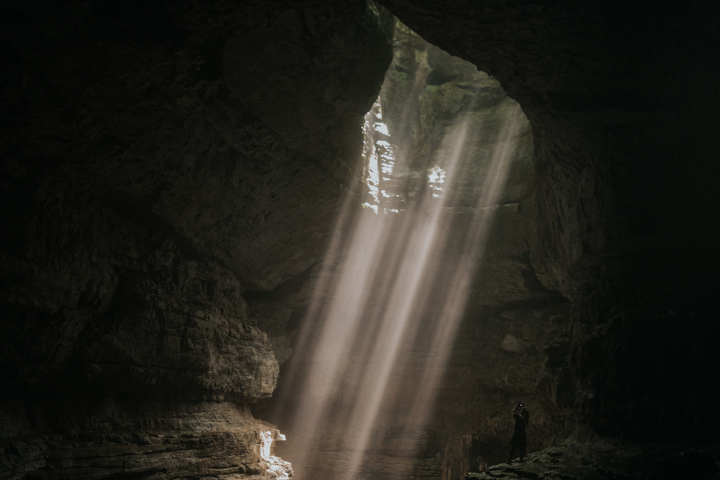
Known as one of the most famous caves in the Yorkshire Dales, Gaping Gil is a must visit if you find yourself in the county.
Gaping Gill isn’t just known for having the UK’s largest cave chamber; it’s also where you’ll find the biggest underground waterfall in the country. The public can only access the main chamber of the cave twice a year, thanks to the Bradford and Craven pothole clubs, who set up a winch over the main entrance shaft.
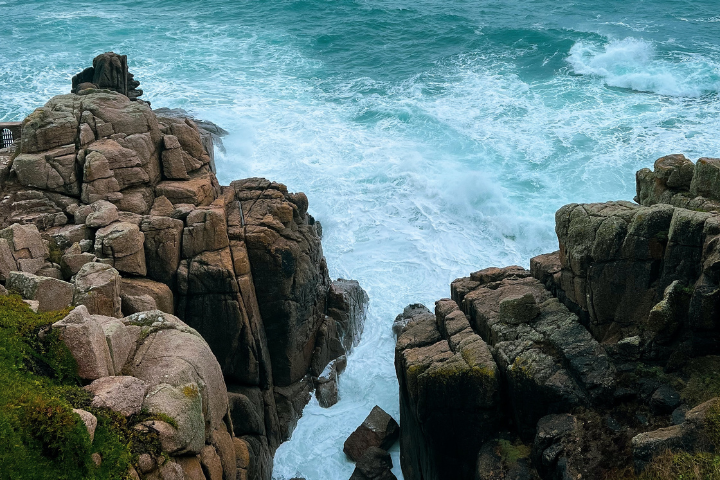
First opened in 1930, the Minack Theatre is the brainchild of Rowena Cade, who was inspired to transform a Cornish cliff-face into an open-air arena, and most of it was literally built with her own hands.
Year on year, the Theatre stages over 200 live performances, including plays, musicals, opera, music and children’s events, attracting tens of thousands of visitors from all over the world to experience a show under the stars.
If you’re really interested in visiting the Theatre but aren’t planning a trip to Cornwall anytime soon, you can watch a live webcam stream from the theatre here.
At Days Out, you can book the UK’s best attractions (y’know the proper FOMO inducing ones?) -- we know where’s perfect for you. Find your next adventure.